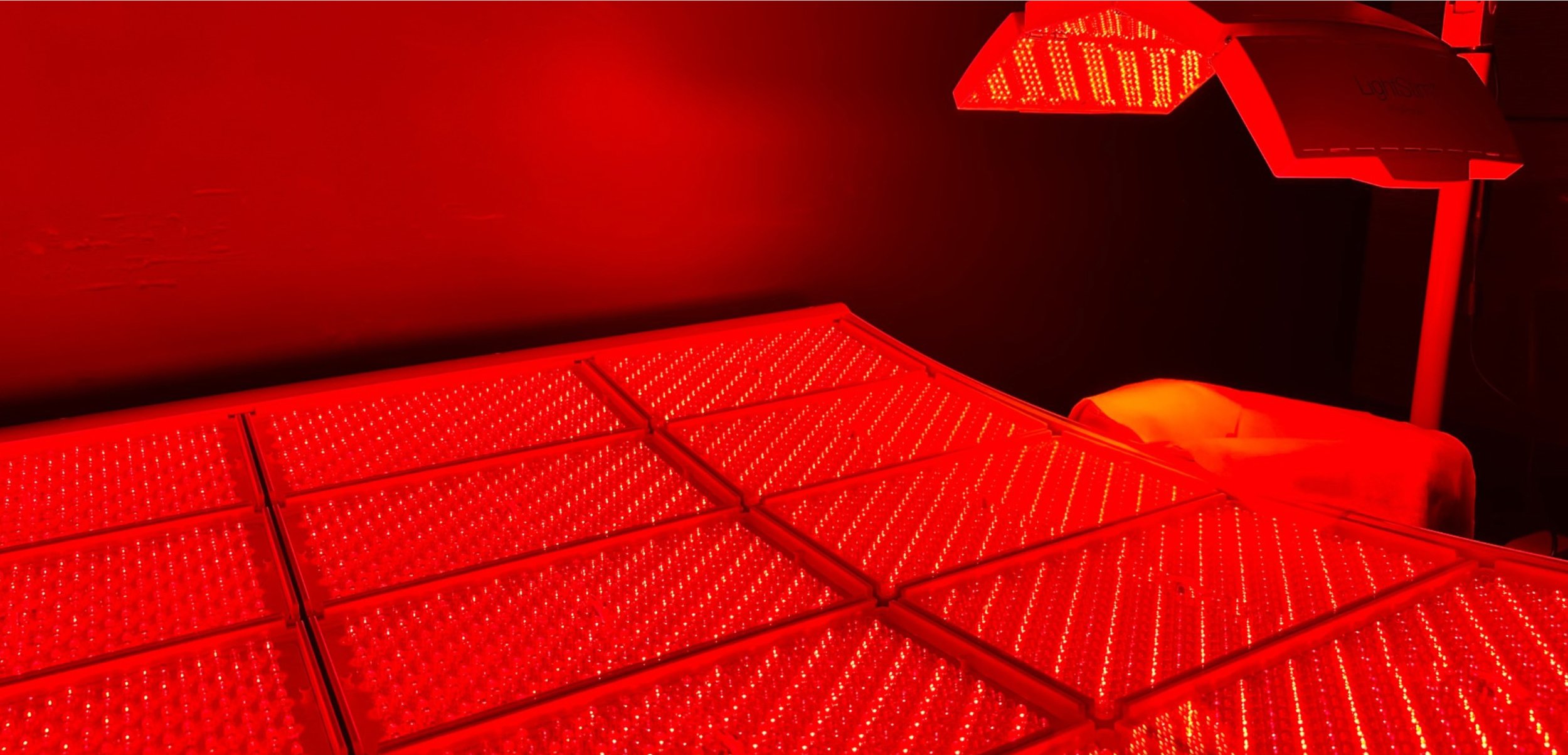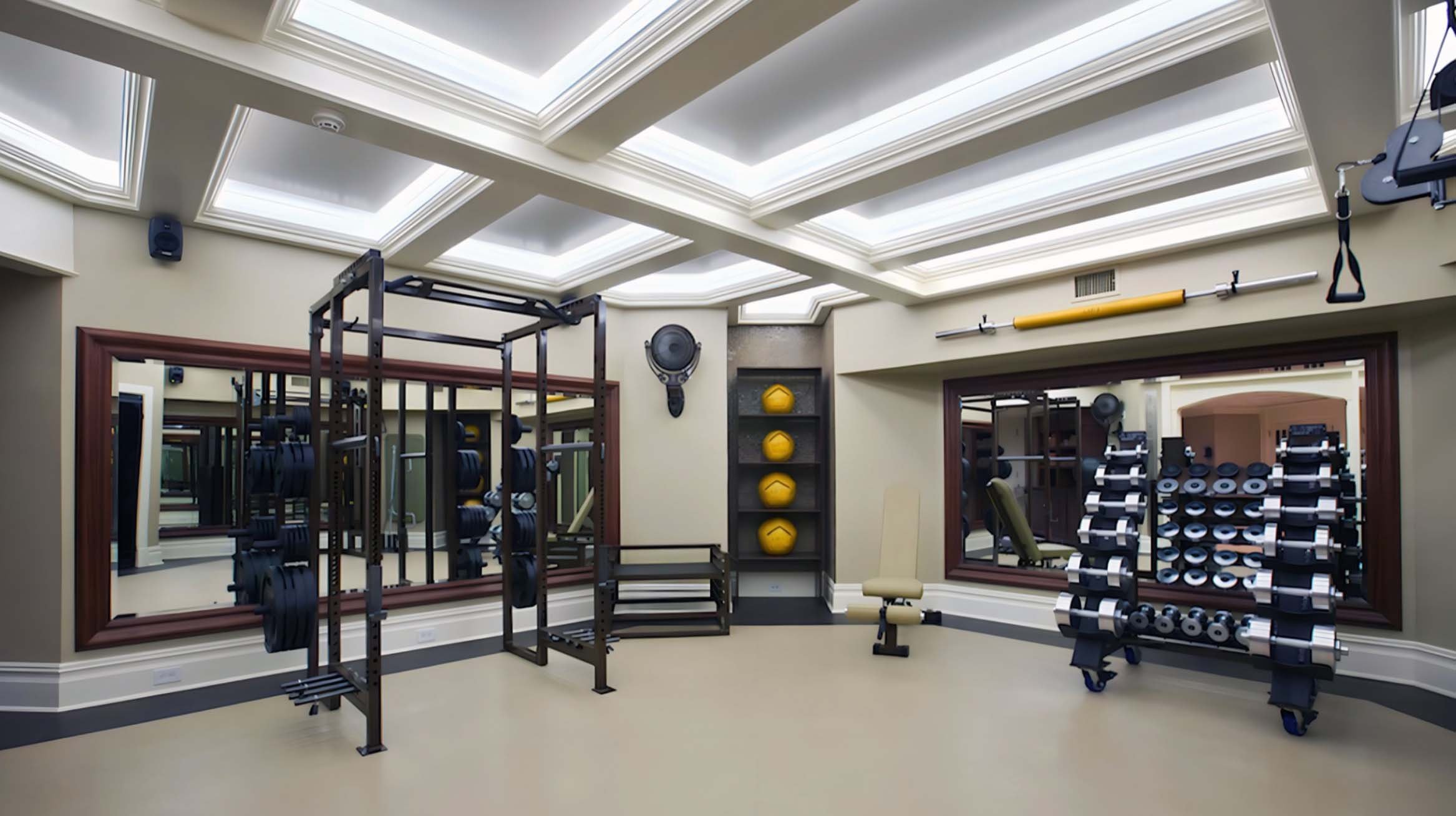Let's dive into the world of foam rollers, your personal masseuse disguised as a simple fitness tool. Foam rolling, or as the pros call it, "self-administered myofascial release" (SMR), is like having a deep-tissue massage at your fingertips. By leveraging your body weight, you can target those tight muscles, giving them the TLC they deserve.
If you've ever given foam rolling a try, you might have a bit of a love/hate relationship with it. Yes, it can feel like a challenge at times, but the magic it works on those pesky knots—also known as trigger points or myofascial adhesions—is worth a little discomfort. Athletes rave about the benefits: increased flexibility, boosted blood flow, and quicker recovery times. Sounds like a win, right?
When you're on the hunt for the perfect foam roller, keep these three musketeers in mind: density, surface texture, and size and shape.
Foam Roller Density: The Goldilocks Principle
Not too soft, not too hard—it's all about finding that just-right density. A roller that's too soft might feel like it's not doing much, while one that's too firm could leave you with bruises rather than relief. Starting with a softer roller is wise if you're new to the foam rolling game. As you get more comfortable, you can graduate to a denser roller for a deeper massage and longer-lasting durability. And here's a fun fact: the color often hints at the density, with white being the softest and black the firmest, though this can vary by brand.
Foam Roller Surface Texture: Smooth Operator or Textured Technician?
Smooth rollers offer an even, consistent pressure, perfect for beginners or those who prefer a gentler touch. They're also usually more wallet-friendly. Textured rollers, with their ridges and knobs, are like the skilled hands of a masseuse, targeting those tight spots with precision. They're fantastic for digging into those deeper knots.
Foam Roller Shape and Size: One Size Doesn't Fit All
From long rollers ideal for back massages to short ones for targeting specific areas, there's a size for every need. And let's not forget about diameter—most rollers are 5 or 6 inches across, providing a comfortable height for most. For those seeking a deeper, more focused massage, smaller diameters are your best bet. And for an extra twist, half-round foam rollers are great for stretching and soothing foot aches.
So, whether you're a seasoned foam rolling aficionado or new to the game, understanding the nuances of each type can transform your relationship with this versatile tool. It's not just about rolling; it's about unlocking a world of mobility, recovery, and well-being. Ready to roll into a more flexible future? Your foam roller awaits!
And hey, if you're still on the fence about joining the foam rolling bandwagon, maybe it's time to give it a whirl. Who knows? It might just roll its way into your heart (and sore muscles).




